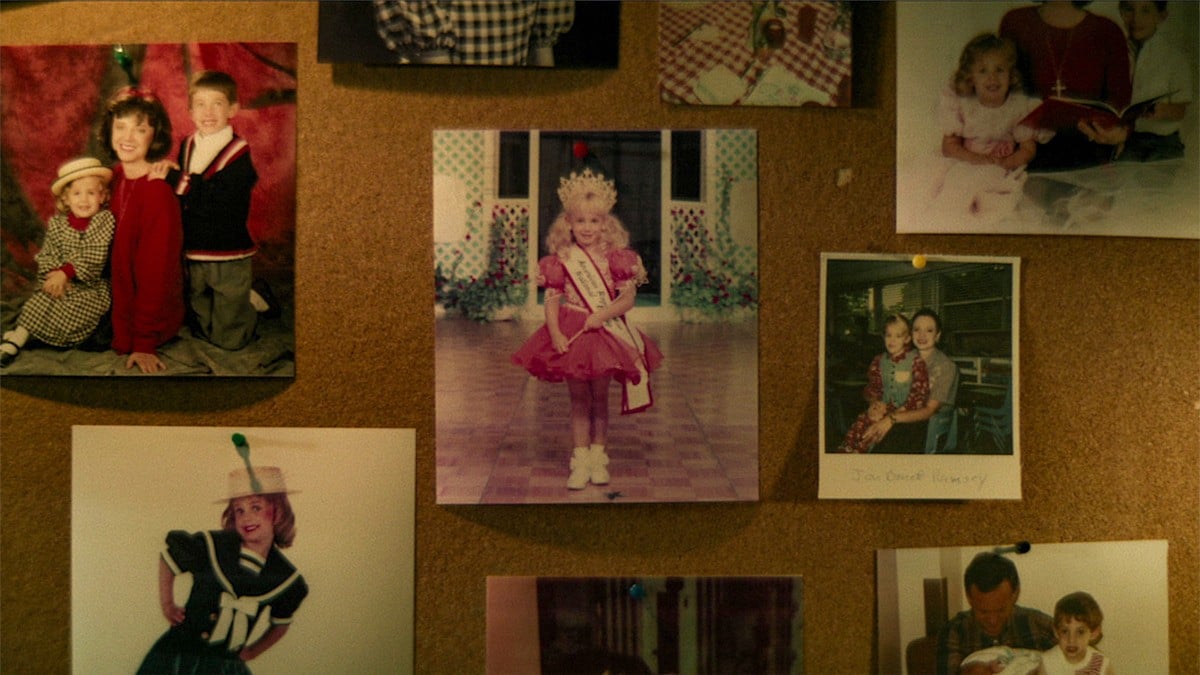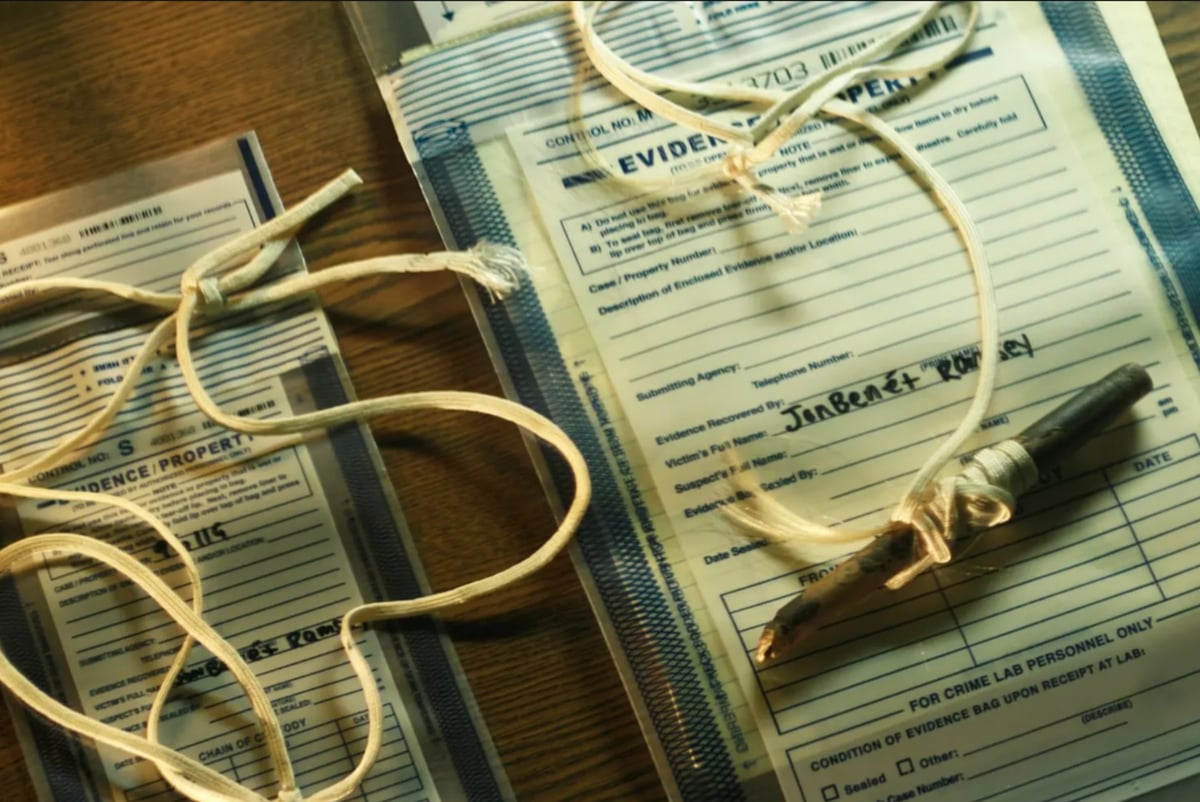
The fascination with the unsolved case of JonBenét Ramsey's murder continues to grip the world.
A new three-part JonBenét Ramsey Netflix documentary titled Cold Case: Who Killed JonBenét Ramsey? reexamines one of America's most notorious unsolved murders.
The series investigates the 1996 killing of six-year-old JonBenét Ramsey, who was found with a blow to the head and strangled in her family's Colorado basement.
The documentary highlights how the inexperienced Boulder police force and sensationalist media coverage compromised the investigation by fixating on the Ramsey family as suspects.
Watch the trailer for Cold Case: Who Killed JonBenét Ramsey? Post continues after video.
Through new interviews with JonBenét's father John and key investigators, the series presents evidence supporting the intruder theory, including unidentified DNA and a mysterious boot print. The documentary also features recordings from detective Lou Smit, who believed in the family's innocence.
That being said, it omitted a few pieces of evidence that didn't make the Ramsey family look so good.
































































































